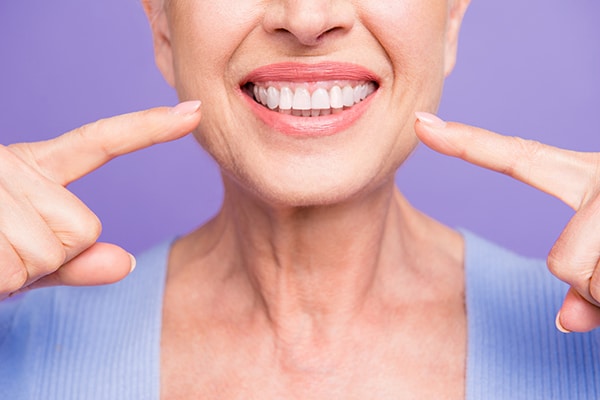Understanding Silver Diamine Fluoride
Silver diamine fluoride (SDF) is a revolutionary solution that is changing the landscape of dentistry. As UK dental professionals, our goal is to protect the oral health of our patients while ensuring their comfort. SDF presents us with a powerful, non-invasive option to help in this regard.
This potent topical agent has demonstrated great effectiveness in halting tooth decay and preventing the progression of carious lesions. Its unique ability to treat and manage dental caries, especially among high-risk individuals, is noteworthy. Understanding how to use it safely and effectively is paramount.
The Role of SDF in Modern Dentistry
Silver diamine fluoride is a liquid substance that contains two active components: silver and fluoride. Silver acts as an antimicrobial agent, killing bacteria and preventing the formation of new biofilm. Fluoride, on the other hand, helps to halt demineralisation and promotes the remineralisation of the tooth structure. This dual-action mechanism makes SDF an essential part of a dentist’s armamentarium.
Moreover, the use of SDF can mitigate the need for more invasive procedures using handpieces and other instruments. This fact, along with its easy application and affordability, has seen it grow in popularity in recent years.
When to Use SDF
As with any dental solution, knowing when to use SDF is crucial. It is primarily used to manage and prevent dental caries, especially for patients who are at a higher risk of developing tooth decay. These include individuals with poor oral hygiene, dry mouth conditions, and those undergoing radiation therapy.
SDF is also used in treating hypersensitivity, as it helps in occluding the dentinal tubules. However, it’s not suitable for teeth with pulpitis or necrotic pulp. As dental professionals, we must assess each case carefully and make informed decisions about the appropriate use of SDF.
How to Apply SDF Safely and Effectively
Before you apply SDF, it’s crucial to educate the patient or their guardian about the treatment, its benefits, and potential side effects, such as temporary tooth discolouration. Once they understand and consent, you can begin the procedure.
- Initial Preparation: Start by isolating and drying the area to be treated. Clean any debris or plaque from the tooth surfaces. This helps ensure the SDF can effectively penetrate the lesion.
- Application: Apply a small amount of SDF on the lesion using a microbrush. Avoid contact with the soft tissues to prevent any possible irritation.
- Post-application: Allow it to air dry for a minute or so. The black staining that indicates silver protein precipitation will be visible. This shows that the SDF is actively arresting the caries process.
Safety Measures and Recommendations
Although SDF is an exceptional instrument in preventive dentistry, it should be used with caution and professional discretion. It can stain the tooth surface, soft tissues, and any clothing or materials it comes into contact with. Ensure that you wear appropriate personal protective equipment, and consider placing a protective barrier around the tooth to prevent staining of the surrounding areas.
Avoid using SDF on ulcerative gingivitis and stomatitis, and in individuals with a known allergy to silver. Regular follow-up appointments are necessary to monitor the treated areas and decide whether reapplication is required.
Moreover, SDF isn’t a magic wand. It should be used as part of a comprehensive caries management programme, alongside traditional preventive measures like proper oral hygiene, regular dental check-ups, and a balanced diet.
Embracing SDF in Your Practice
Incorporating silver diamine fluoride into your dental practice represents an opportunity to offer patients a more holistic and patient-friendly approach to managing dental caries. By mastering the safe and effective use of SDF, you’re not only preventing the progression of tooth decay but also making dental visits less stressful and more comfortable for your patients.
As dental professionals, our ultimate goal is to promote the oral health and well-being of our patients. In using SDF, we have an invaluable instrument to help us achieve this. It’s up to us to stay informed, practise with diligence and keep our patients smiling confidently.





